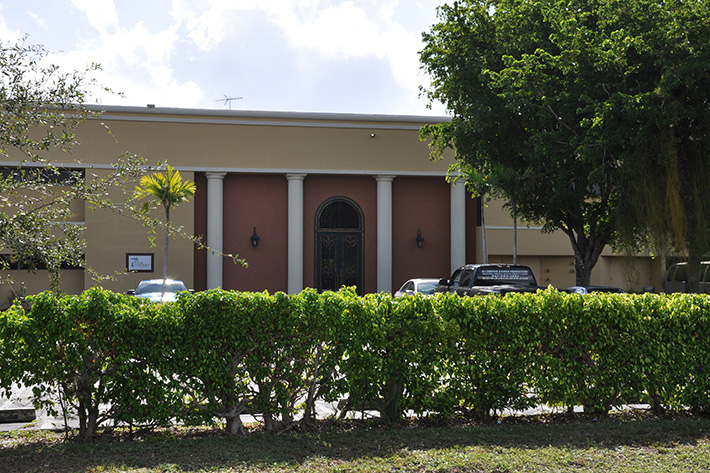Opium Withdrawal Symptoms Timeline
You have made the decision to stop using opiates and you probably know that opiate withdrawal is one of the worst drugs to withdrawal from. Unfortunately, there is not much that you can do about the withdrawal symptoms if you have not decided on a medication management program such as methadone.
If you are going through treatment, it is good to know what to expect and the opium withdrawal symptoms timeline. Many people ask how long opium withdrawal takes, what they can expect, and when. Depending on your addiction, the type of opiates you took, and the level of your use, the strongest part of opiate withdrawal lasts about two weeks.
Day 1
You will feel tired but unable to sleep. You eyes will tear and your nose will run. In general you feel as if you have a mild cold. You also will not have an appetite but you might want to try and eat something. If you are trying this alone this is the point where you might want to get some help. To find a treatment center that is right for you call 888-959-0638.
Day 2

You’ll likely experience insomnia for the first two days of withdrawal.
This is when true withdrawal starts. According to the National Library of Medicine, you will experience:
- vomiting
- diarrhea
- nausea
- sweating
- insomnia
- goose bumps
- stomach cramps
- muscle and joint pain
If you are in treatment they will give you over the counter medications for these symptoms, if you have refused something stronger.
Day 3 through 7
The nausea and vomiting will continue but it is important for you to try to stay hydrated. A treatment center or a detox center will most likely give you a potassium saline IV to help you remain hydrated.
Day 7 through 14
Here is when the physical symptoms will be less but the psychological symptoms will start. These symptoms are:
- depression
- anxiety
- irritability
- aggression
- suicidal ideation
If you have not sought out a treatment center, at this point you definitely want to do so. The psychological symptoms of withdrawal are more dangerous than the physical ones and far more unpleasant. You need counseling and support through this part of the process.
Signs of Danger
According to the Substance Abuse and Mental Health Services Administration, if you experience any of these symptoms seek medical attention immediately. They are:
- abdominal pain
- rising temperature
- increases in blood pressure or heart rate
- decreases in blood pressure or heart rate
- severe decrease in respiration
- change in mental state or severe confusion
- hallucinations
- extreme anxiety
All of these symptoms could indicate a condition requiring medical treatment.
Finding a Treatment Center
The opiate withdrawal symptoms timeline is much easier to go through with a support staff and medical assistance. To find a treatment center that can help you through the withdrawal timeline call 888-959-0638. We can help you find the treatment center that is best for you.

 What is Opiate Detox Recovery Like? -
Don't try to go through the opiate detox recovery process alone. This heavy painkiller can cause severe pain, damage to the body and withdrawal symptoms that are miserable.
What is Opiate Detox Recovery Like? -
Don't try to go through the opiate detox recovery process alone. This heavy painkiller can cause severe pain, damage to the body and withdrawal symptoms that are miserable.  Is Opiate Detox Recovery Possible? -
Treatment programs, medication therapy, and support groups help make opiate detox recovery possible.
Is Opiate Detox Recovery Possible? -
Treatment programs, medication therapy, and support groups help make opiate detox recovery possible.  The Dangers of Opium Withdrawal & When to Consider Treatment -
Opium withdrawal episodes become a driving force for continued drug use, dependency, and addiction.
The Dangers of Opium Withdrawal & When to Consider Treatment -
Opium withdrawal episodes become a driving force for continued drug use, dependency, and addiction.  Is Opium Withdrawal Dangerous? -
The symptoms of opium withdrawal are mostly uncomfortable, rather than dangerous. However, it is important to stay hydrated and to monitor your symptoms and vitals while undergoing withdrawal.
Is Opium Withdrawal Dangerous? -
The symptoms of opium withdrawal are mostly uncomfortable, rather than dangerous. However, it is important to stay hydrated and to monitor your symptoms and vitals while undergoing withdrawal.  Opiate Withdrawal Timeline -
Find out how opiate withdrawal progresses.
Opiate Withdrawal Timeline -
Find out how opiate withdrawal progresses.